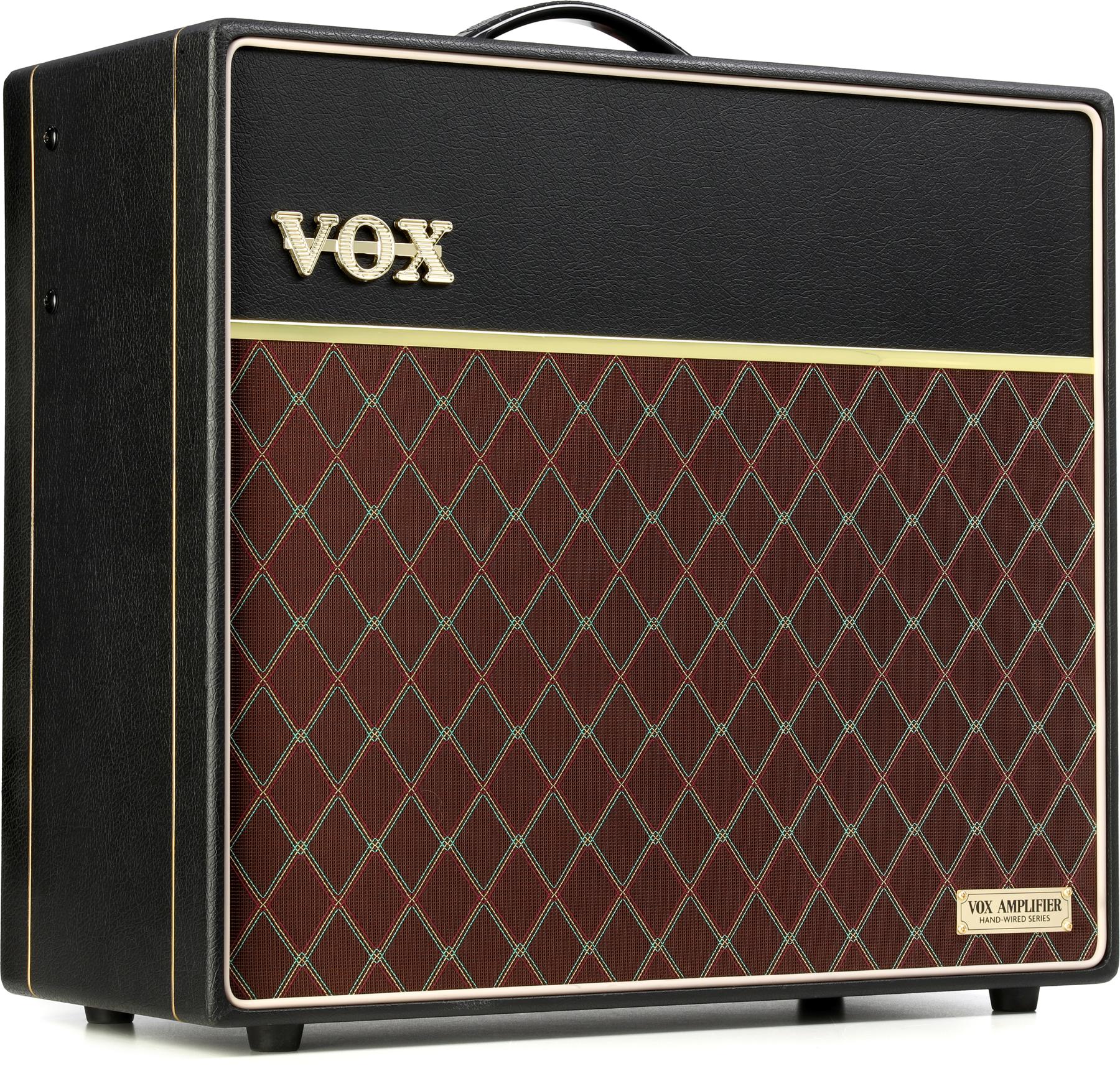It's always impressive to hear buttery smooth, full-spectrum fuzz—the kind that sustains and sings eternally, that captures and magnifies every overtone, and makes '90s-era David Gilmour fans rapturous. But a true distortion maniac cannot live by fuzz foie gras alone. Sometimes you need a little more scuzz in your fuzz, and a filthier fuzz than the Hilbish T-Fuzz would indeed be hard to find.
Much of what makes the T-Fuzz sound so dirty is its ample but not overbearing octave content. There's a clear sonic relation to classic late-'60s octave fuzzes like the Octavia, Ampeg Scrambler, and Dan Armstrong Green Ringer. But the Hilbish tucks the octave content just a bit further back in the fuzz/octave blend than any of those pedals, making it a touch more practical for power riffing and lending most settings a little extra sustain—especially when you dial your amplifier up to saturated extremes.
Red mode can turn any bonehead garage-psych lick into a thrill ride.
The T-Fuzz is not trashy to the point of absurd. Its "red" mode, which is activated via the low-profile push button, lends force and focus to power chords and coaxes cool, buzzy biker-fuzz textures that can turn any bonehead garage-psych lick into a thrill ride. The green mode is even more focused and piercing in the mid- and high-mid range but turns splattier in the low and high-frequency ranges. Neither mode is going to flatter a barred minor 7th chord played around the middle of the neck, but they can make the simplest lead positively menacing, and both modes can produce complex, less-aggressive textures with a little guitar volume attenuation. At $180, the T-Fuzz can feel a bit specialized for the money. But it's a beautifully made little monster, and for many players, its distinct scream—and the unique tone spaces you can carve out with it—could make it worth every penny.
Test Gear: Fender Telecaster, black-panel Fender Tremolux, Universal Audio OX with Vox 2x12-, Marshall 4x12-, and Fender tweed Deluxe-style speaker/cabinet simulations



















